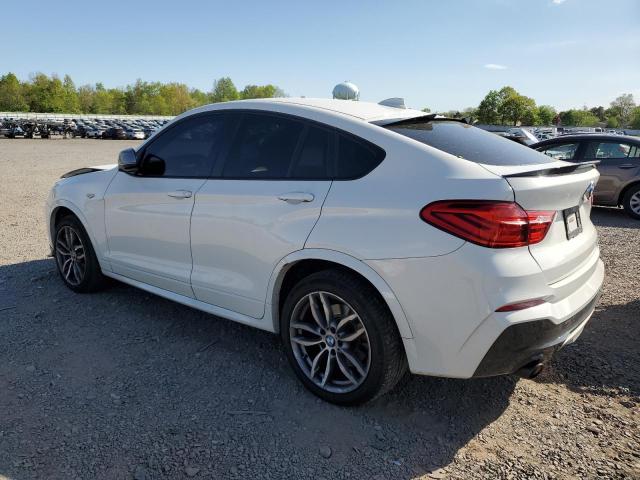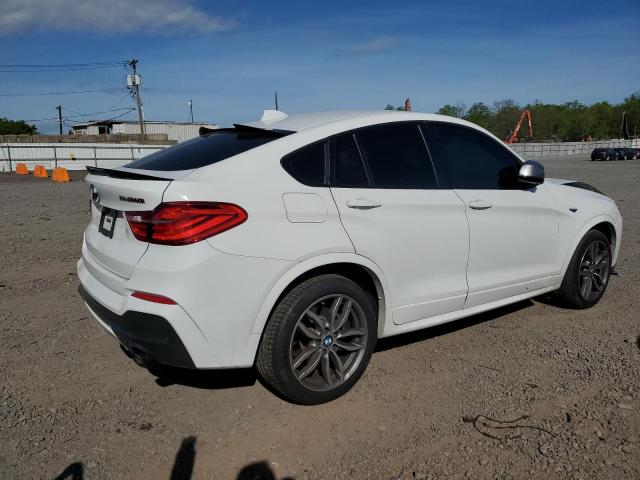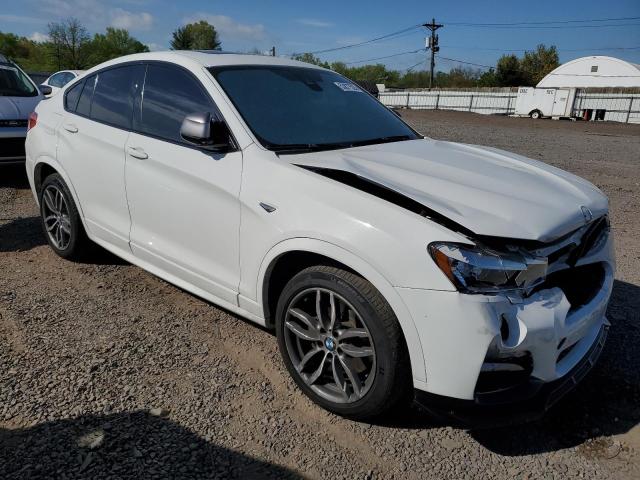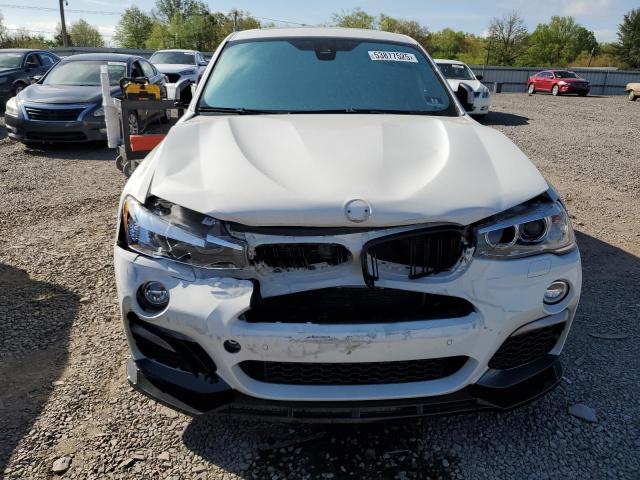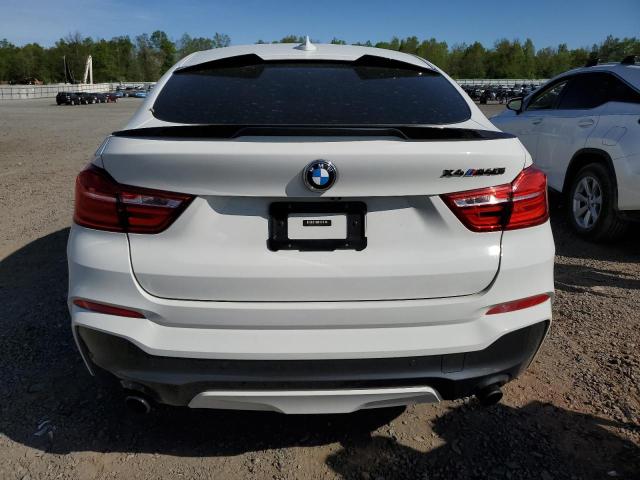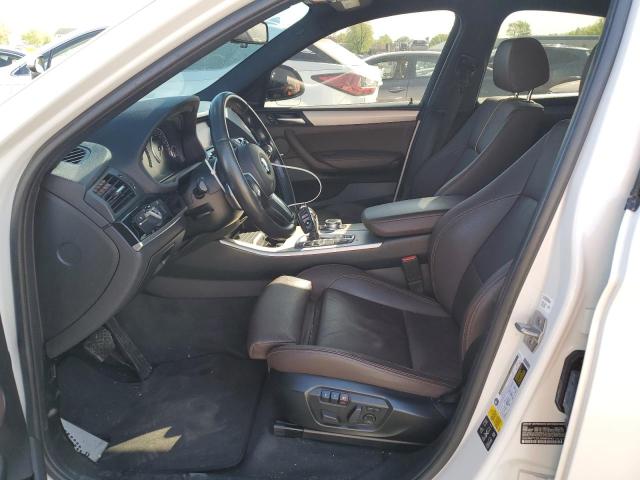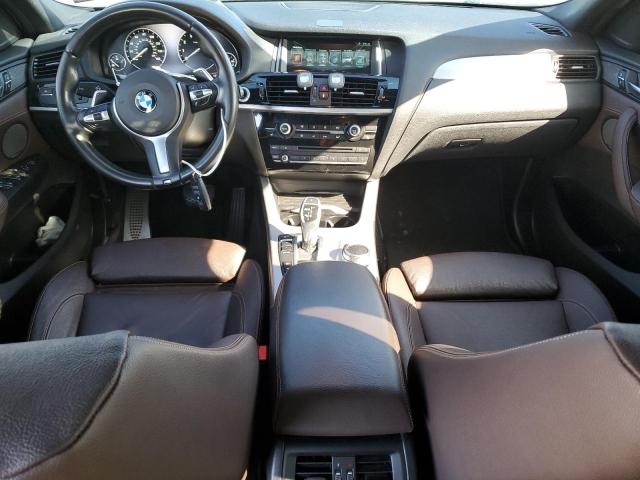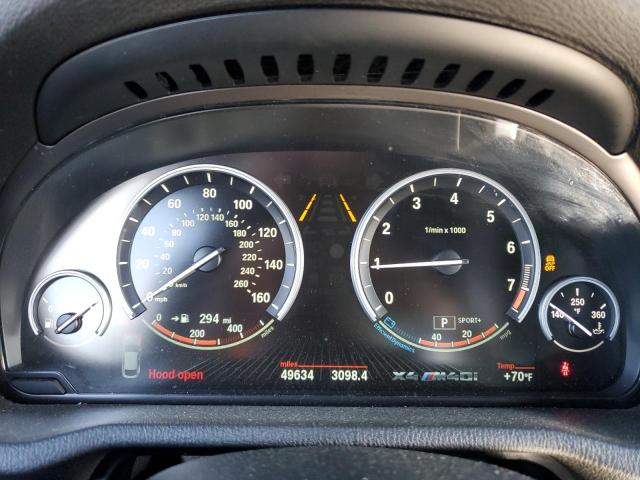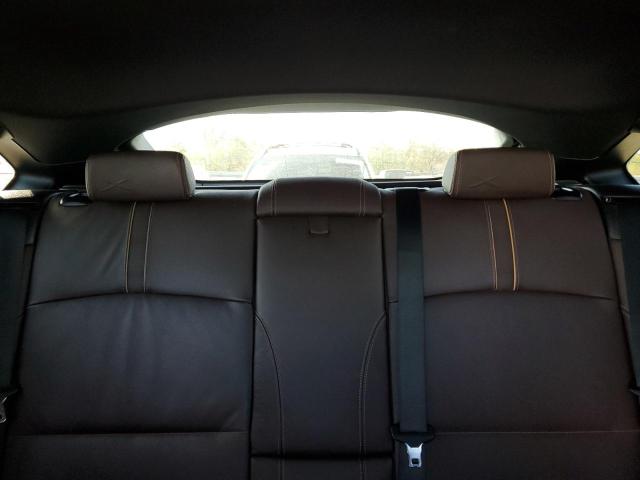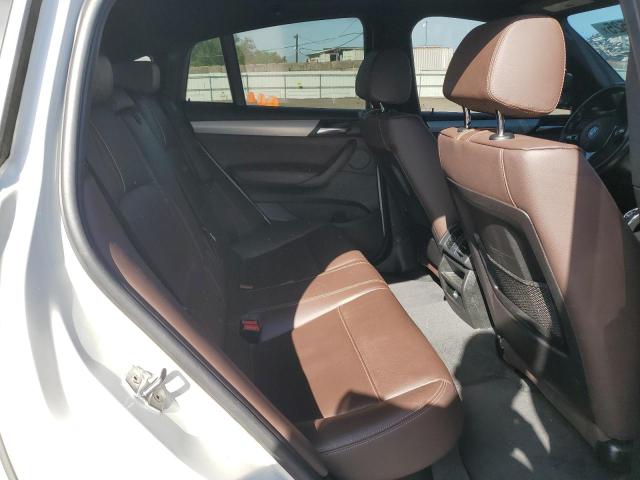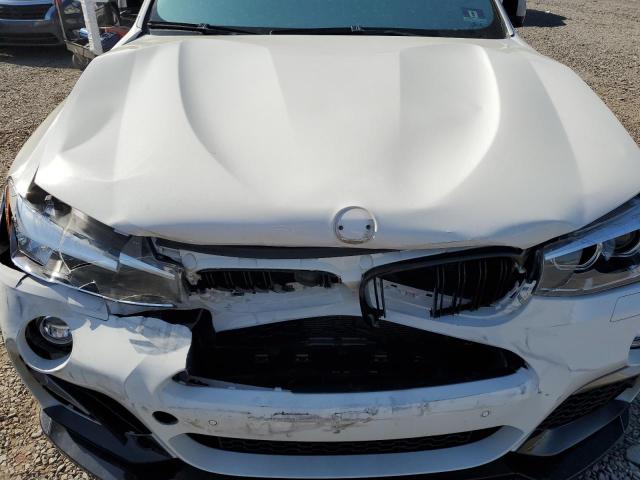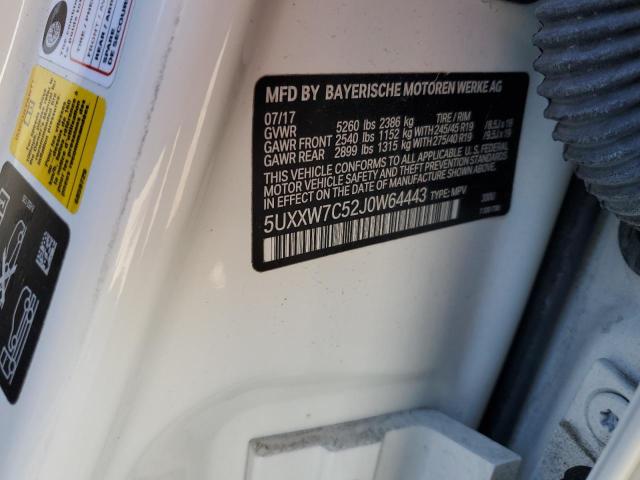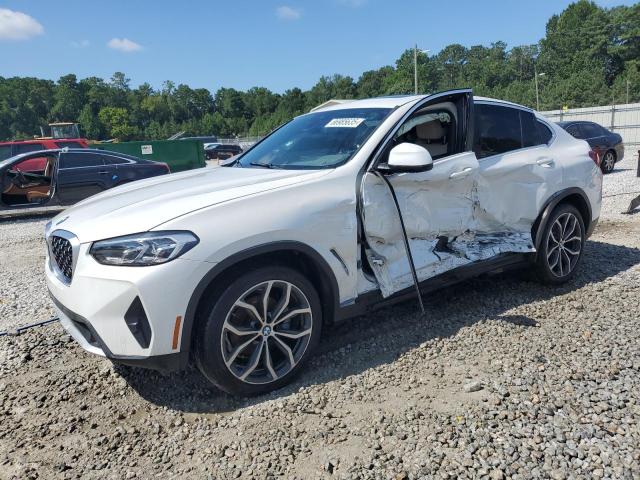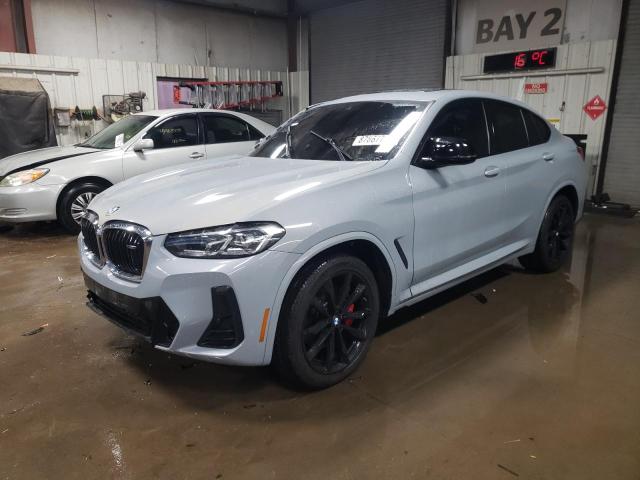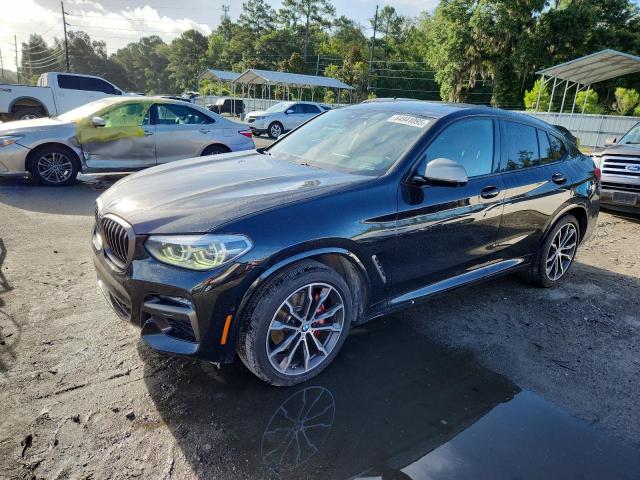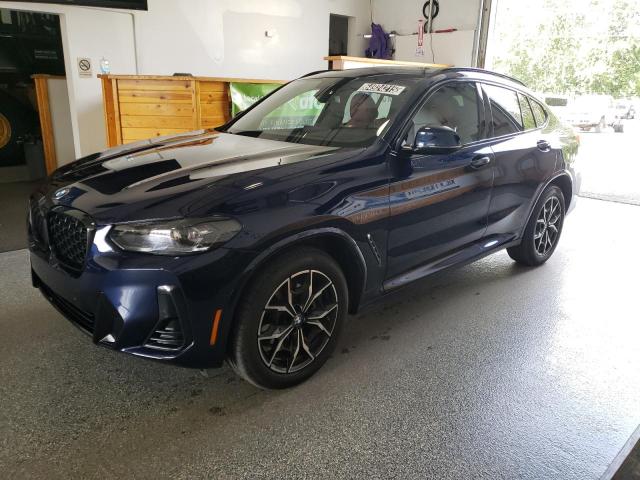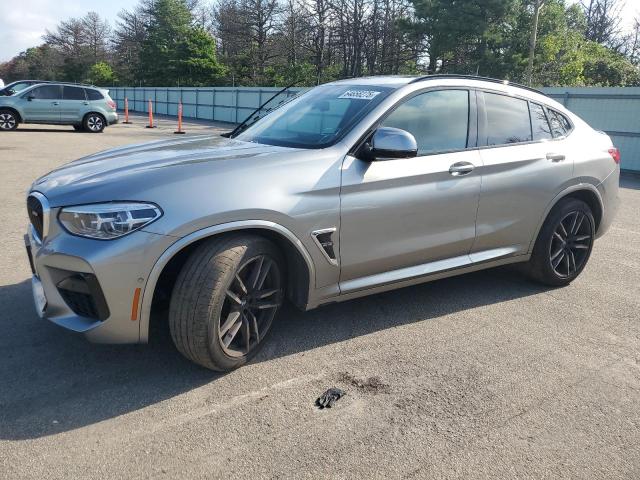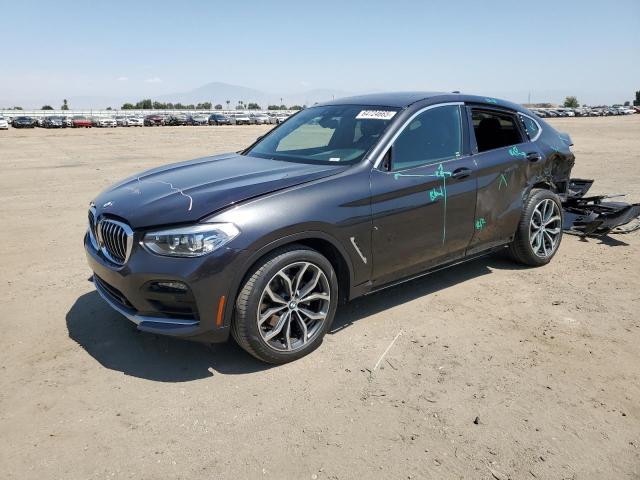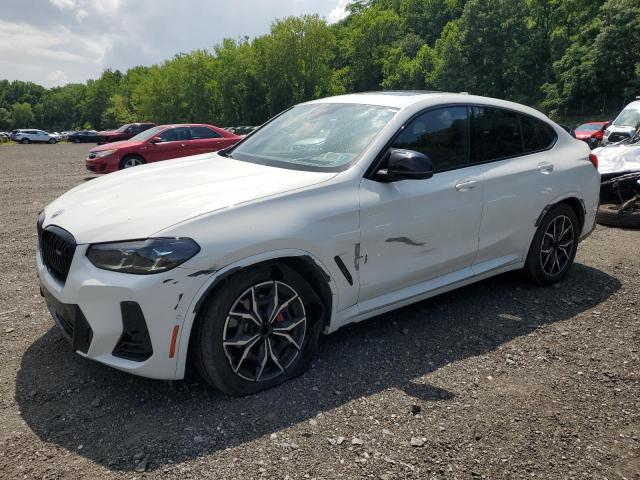2018 BMW X4 | 5UXXW7C52J0W64443
 ❯
❯Lot details
- Sale Date2025-06-13
- Lot Number53877525
- ACV21357 $
- Sale documentNJ -
- LocationNJ - SOMERVILLE
- Odometer49,634 miles (79,878 km)
- Primary DamageFRONT END
- SellerGEICO
Vehicle specifications
5
~$60,000
Engine: 3.0L turbocharged inline-6
Torque: 465 Nm
0–100 km/h: ~4.9 s
The X4 M40i was more than a styling experiment—it was a serious performance vehicle concealed in coupe-crossover form. With a 3.0-liter TwinPower Turbo inline-six producing 360 horsepower and 465 Nm of torque, it sprinted from 0 to 100 km/h in just 4.9 seconds. The B58 engine combined linear response with deep reserves of torque, and it worked seamlessly with the 8-speed Steptronic sport transmission, which executed fast, intelligent shifts whether in automatic or manual mode. The M40i wasn't merely quick for its size—it matched the acceleration of smaller M sedans while retaining all-weather capability.
Underneath, the X4 M40i featured M Performance suspension with firmer springs and dampers, larger anti-roll bars, and a rear-biased xDrive system tuned for agility. The steering was precise if not overly communicative, but it responded crisply and helped mask the vehicle’s ride height. Weight distribution was nearly 50:50, and BMW’s chassis engineers ensured the X4 didn’t just handle well “for an SUV”—it handled well, period. With standard Variable Sport Steering and Performance Control, it turned in eagerly and powered out of corners with surprising confidence.
The F26 X4 positioned itself as a dynamic outlier in a segment largely focused on comfort and style. It made no attempt to conceal its purpose: it was a driver’s crossover. Whether carving up alpine roads or cruising at autobahn speeds, the X4 M40i delivered genuine driving thrills—unique among early coupe-SUVs.
Final Bid BMW X4 (2018)
$10,400
$13,100
$17,000
Body Styles
The F26 X4 was a five-door coupe-style crossover SUV. Built on the F25 X3 platform, it shared the same wheelbase but featured a dramatically different silhouette. The roofline sloped aggressively toward the rear deck, creating a fastback profile that blended SUV presence with coupe elegance. The front featured traditional BMW twin-kidney grilles flanked by angular headlights with corona rings, while the rear was dominated by horizontal LED tail lamps and a subtle decklid lip. Ground clearance and ride height were SUV-like, but the proportions and visual weight distribution leaned heavily into performance aspirations. The flared wheel arches, integrated diffuser, and dual exhausts further emphasized its sporty intent.
Model Name Meaning (Manufacturer)
The name “X4” places the model between the more compact X3 and the larger X5 in BMW’s SUV lineup. The “X” indicates all-wheel-drive capability and crossover classification, while the “4” denotes its coupe-like silhouette, paralleling the 4 Series in the sedan/coupe hierarchy. It was BMW’s answer to a new niche: combining sporty style with the elevated stance and practicality of an SUV.
Body & Interior Colors and Rims
Exterior paint choices included classic BMW options like Alpine White, Jet Black, and Black Sapphire, as well as metallic finishes such as Glacier Silver, Melbourne Red, and Deep Sea Blue. The M40i variant added more expressive tones like Carbon Black and Long Beach Blue, exclusive to M Performance models. The optional M Sport package added Shadowline exterior trim with gloss black window surrounds and darkened chrome accents for a more assertive look.
The cabin featured sport-oriented materials with a premium finish. Upholstery came in Nevada leather, available in Black, Oyster, Mocha, Coral Red, and Saddle Brown. Fineline Anthracite wood, Brushed Aluminum, or high-gloss black accents complemented the trim, while M Sport interiors added unique door sills, contrast stitching, and an M-badged steering wheel. The seating position remained elevated, offering SUV visibility, but the dashboard layout and control scheme mirrored BMW’s sports sedans.
Wheels ranged from 18 to 20 inches depending on trim and package. Standard xLine models offered double-spoke and V-spoke alloys in silver or grey, while M Sport and M40i variants introduced orbit grey and bi-color styles. The M40i’s 20-inch wheels filled out the flared arches with confidence, and performance tires further sharpened handling. Optional staggered fitments and performance brake upgrades underscored the vehicle’s dynamic edge.
Top Expensive Options
- M Sport Package with Aerodynamics and Sport Suspension: $3,000
- Adaptive M Suspension with Dynamic Damping: $1,200
- Head-Up Display with Navigation Integration: $1,100
- Surround View with Top and Side Cameras: $900
- Harman Kardon Premium Surround Sound System: $875
- Dakota Leather with Contrast Stitching: $1,450
- 20-Inch M Light Alloy Wheels with Performance Tires: $1,600
- Active Driving Assistant with Lane Departure: $800
- Adaptive LED Headlights with Auto High-Beam: $1,200
- Panoramic Moonroof with Electric Shade: $1,350
vs Competitors
The BMW X4 F26 had few direct rivals at launch, with the Mercedes-Benz GLC Coupe and Porsche Macan arriving later. While the Macan eventually matched the BMW in handling finesse, the X4 offered a broader range of drivetrains and better infotainment integration early on. Compared to the GLC Coupe, the BMW felt sharper and more engaged, especially in M40i form. Where the Mercedes prioritized refinement, the X4 delivered agility. Against more mainstream options like the Audi Q5 or Range Rover Evoque, the X4 stood apart with its sporty roofline and driver-focused chassis. It made a convincing case for itself as the “sports coupe” of crossovers—at a time when few dared to try.
Fun Fact
The F26 X4 was the first BMW SUV to be sold exclusively in coupe form, with no traditional upright variant. Its debut marked the beginning of BMW’s push into “SAC” (Sports Activity Coupe) territory—a category that would later grow into X2, X6, and electric iX siblings.


